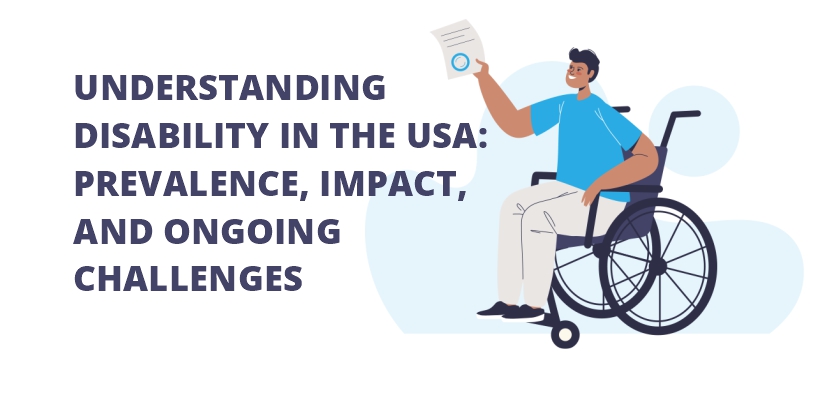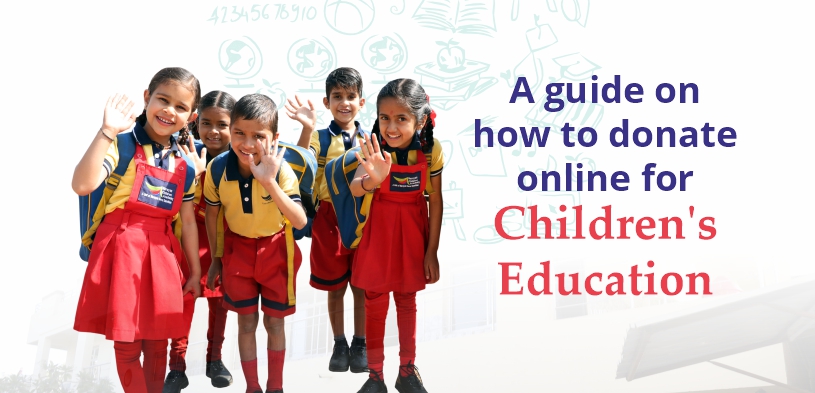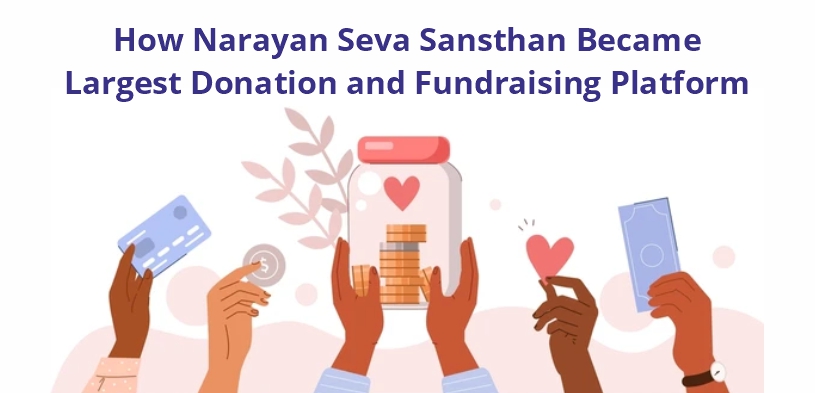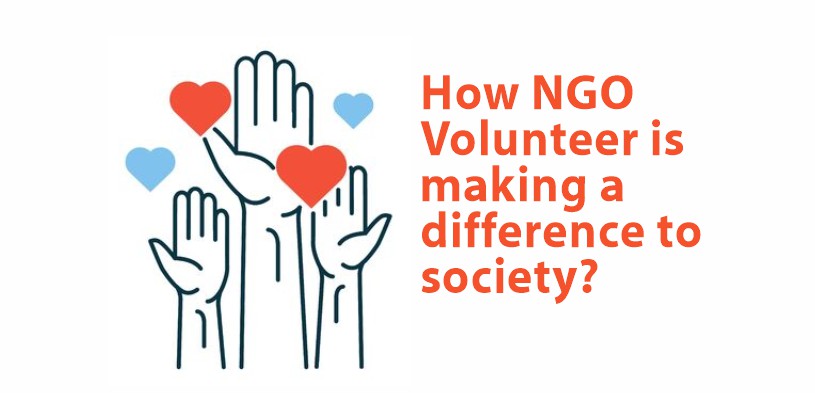Disability is a diverse and profound aspect of American society. In this blog, we delve into the realm of disability in the United States, providing insights and addressing the unique challenges faced by individuals with disabilities. By referencing publicly available information and general knowledge, we aim to paint a comprehensive picture of the state of disability in the USA.
The Landscape of Disability in the USA
Disability touches the lives of approximately 42.5 million Americans, making up about 13% of the population. These disabilities encompass a wide spectrum, including:
- Mobility Challenges: Individuals with mobility impairments may use assistive devices like wheelchairs or rely on mobility aids to navigate daily life.
- Cognitive Impairments: Conditions such as autism and intellectual disabilities fall into this category, affecting cognitive and social functioning.
- Sensory Disabilities: These include visual and hearing impairments, where individuals may use braille or sign language for communication.
The Impact on Daily Life
Life with a disability can be characterized by various challenges, including:
- Employment Barriers: Discrimination, a lack of reasonable accommodations, and misconceptions from employers can limit job opportunities for those with disabilities.
- Healthcare Access: Individuals with disabilities may struggle to access specialized healthcare services, assistive devices, and therapies tailored to their needs.
- Social Inclusion: Social isolation and exclusion from community activities due to both physical and societal barriers are common challenges.
- Educational Hurdles: Access to quality education can be impeded due to the lack of inclusive facilities and appropriate resources.
Disparities between Rural and Urban Areas
The U.S. Census Bureau reports that disability rates are often higher in rural areas compared to urban centers. This may be attributed to differences in access to healthcare, infrastructure, and support services.
Legal Safeguarding and Advocacy
The Americans with Disabilities Act (ADA) is a groundbreaking piece of legislation that enforces protection against discrimination and promotes equal opportunities for individuals with Disabilities. The ADA mandates accessible facilities and reasonable accommodations in the workplace, thus enhancing inclusivity.
The Prevalence of Disability
Age-Related Trends
One striking feature of disability in the USA is its significant correlation with age. According to estimates from the Census Bureau’s 2021 American Community Survey (ACS),
- 46% of Americans aged 75 and older report having a disability.
- 24% of those aged 65 to 74 also report a disability.
- In contrast, the figures are significantly lower for younger age groups, with 12% of adults aged 35 to 64 and 8% of adults under 35 having a disability.
Racial and Ethnic Disparities
Disability rates in the United States can also be influenced by racial and ethnic backgrounds. As per the 2021 ACS estimates:
- American Indians and Alaska Natives have the highest likelihood of reporting a disability, with 18% of this group acknowledging a disability.
- Asian and Hispanic Americans are the least likely to report having a disability, with figures at 8% and 10%, respectively.
- White and Black Americans fall in the middle, with 14% of each group reporting disabilities.
The Impact on Employment and Income
Individuals with disabilities often face economic disparities. According to the Census Bureau, in 2021, those with disabilities earned a median income of $28,438, considerably lower than the median income of $40,948 for individuals without disabilities. The economic gap highlights the challenges individuals with disabilities encounter in the workforce.
Employment Statistics
In 2022, people with disabilities constituted about 4% of the employed population, as reported by the Bureau of Labor Statistics (BLS). The distribution of employment across various sectors reveals:
- Management Occupations: 12% of workers have disabilities.
- Office and Administrative Support Occupations: 11%
- Transportation and Material Moving Jobs: Approximately 10%
These statistics demonstrate the diverse employment landscape for individuals with disabilities.
Health and Disability
The link between health and disability is noteworthy. Adults with disabilities are more likely to have:
- Obesity: 41.6% of adults with disabilities are obese, compared to 29.6% of those without disabilities.
- Smoking Habits: 21.9% of adults with disabilities smoke, while only 10.9% of those without disabilities do.
- Heart Disease: 9.6% of adults with disabilities have heart disease, compared to 3.4% of those without disabilities.
- Diabetes: 15.9% of adults with disabilities have diabetes, while the figure is 7.6% for those without disabilities.
Healthcare Access
Access to healthcare can be challenging for working-age adults with disabilities, with issues such as not having a usual healthcare provider or experiencing unmet healthcare needs due to costs.
Government Initiatives and Support
The United States has implemented several programs and policies to support individuals with disabilities, including:
- Social Security Disability Benefits: Providing financial aid to those with disabilities who cannot work
- Vocational Rehabilitation Services: State programs to help individuals with disabilities find suitable employment
- Medicaid and Medicare: Healthcare programs offering crucial coverage to low-income individuals with disabilities.
- Special Education Services: Enforced through the Individuals with Disabilities Education Act (IDEA), ensuring that children with disabilities receive appropriate education
Disability is an integral part of American society, with significant implications for individuals’ lives. It is a multi-faceted issue that calls for attention to address disparities and ensure equitable opportunities for all. Initiatives like the Americans with Disabilities Act (ADA) and various government programs have made significant strides toward a more inclusive and accessible society, but continued efforts are essential to improving the lives of those with disabilities in the USA.
Narayan Seva Sansthan’s Support for the Disabled
Narayan Seva Sansthan is a shining beacon of hope and support for individuals with disabilities in India. Committed to making a difference in the lives of those facing physical challenges, Narayan Seva Sansthan offers medical aid, education, vocational training, and more, allowing individuals to regain independence and lead fulfilling lives. Their dedication to empowering the disabled community is an inspiration, reflecting the spirit of compassion and service that we should all aspire to.








